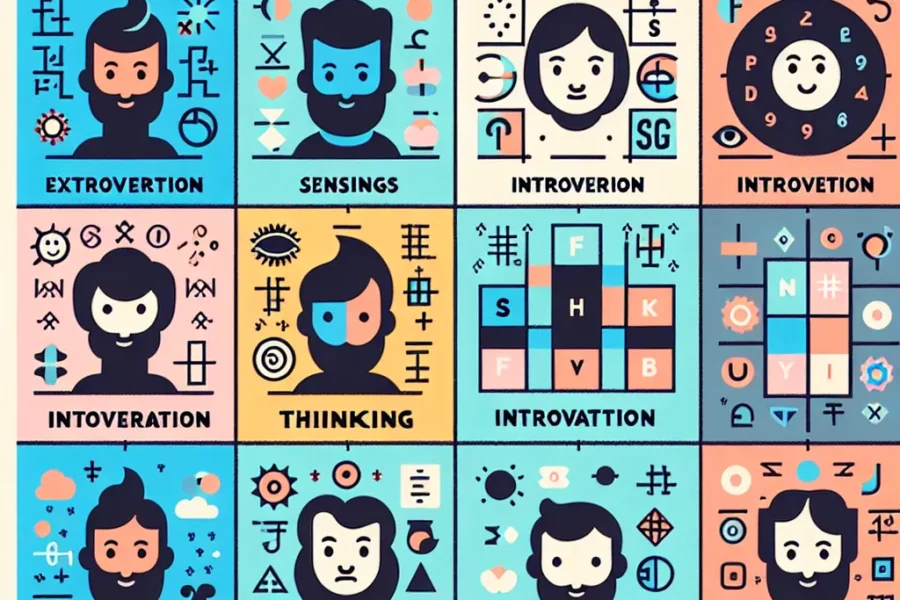The Intriguing Case Studies of Sigmund Freud
Sigmund Freud, the father of psychoanalysis, was a pivotal figure in the development of psychology as a discipline. His work and theories on the human psyche shaped an era and opened up new ways of exploring the mind. Among his most significant contributions are his intriguing case studies, which have held a fascination for both professionals and the general public. These case studies not only shed light on the complexities of human behavior but also demonstrated the practical applications of psychoanalytic theory.
Anna O., the Birth of Psychoanalysis
One of Freud’s most well-known case studies involved a young woman referred to as Anna O. Real name Bertha Pappenheim, she was a patient of Freud’s colleague, Josef Breuer. Her case is famously cited as the one that led to the birth of psychoanalysis. Anna O. suffered from hysteria, manifesting various symptoms including paralysis and disturbances of vision and speech. Breuer’s treatment of Anna O. involved her talking about her experiences and troubles, a method which they called ‘chimney sweeping,’ and which would later develop into what Freud coined “the talking cure,” a cornerstone of psychoanalytic therapy. The insights gained from Anna O.’s case guided Freud toward the realization that unconscious conflicts were resulting in her symptoms.
The Rat Man, Addressing Obsessive Thoughts
Another fascinating case was that of the ‘Rat Man’—Ernst Lanzer—who approached Freud in 1907 tormented by obsessive thoughts. He was plagued by a fear that a horrific punishment involving rats would be inflicted upon those he loved. Through his work with Rat Man, Freud introduced the concept of “obsessional neurosis” and elaborated on the manifestations of obsessive thoughts and how they are rooted in the unconscious mind. This case was crucial in demonstrating the use of psychoanalytic techniques, including the analysis of dreams and the exploration of childhood experiences to understand and alleviate mental disorders.
Little Hans, the Oedipus Complex
‘Little Hans’ was the five-year-old Herbert Graf. His phobia of horses and fear that they would bite him were central to his case. Freud never actually met Little Hans but analyzed his fears through reports and correspondence with the boy’s father. Freud concluded that Little Hans’ fear was actually a displacement of his anxiety over his ambivalent feelings toward his father, a manifestation of the Oedipus complex. This complex, arising from a child’s unconscious desire for the opposite-sex parent and jealousy toward the same-sex parent, was a concept advanced by Freud and one that became fundamental in psychoanalytic theory. Little Hans’ case provided valuable insights into child psychology and the development of phobias.
Dora, a Study of Hysteria
The case of ‘Dora,’ pseudonym for Ida Bauer, was crucial in Freud’s work on hysteria and the interpretation of dreams. Dora was an 18-year-old who suffered from a variety of hysterical symptoms, including aphonia (loss of voice) and nervous coughing. Freud’s analysis focused on her family dynamics, the presence of unconscious sexual desires, and the role of dreams in revealing her inner turmoil. Dora prematurely ended her therapy, leading Freud to consider the concept of “transference,” where patients transfer feelings associated with significant people in their lives onto the therapist. Despite the incomplete treatment, Dora’s case contributed to an enhanced understanding of dream symbolism and transference in psychotherapy.
The Wolf Man, Childhood Trauma and Dreams
Sergei Pankejeff, known as the ‘Wolf Man’ due to his dream involving a tree full of white wolves, was another significant patient of Freud’s. The Wolf Man’s case is one of the most detailed analyses Freud ever conducted and is influential in discussions of the effects of childhood trauma on adult psyche. Freud postulated that the Wolf Man’s dream and his neurosis were rooted in a repressed primal scene—a child’s witnessing of his parents engaged in sexual relations. Freud’s interpretation of this case was instrumental in formulating theories about the unconscious mind, dream interpretation, and the legacy of childhood experiences.
These case studies by Sigmund Freud represent monumental turning points in the history of psychology. They underscore the complexity of the human psyche and illustrate how early experiences, unconscious thought processes, and dreams influence behavior and mental health. Each case offered a unique narrative that allowed Freud to develop and refine his psychoanalytic theories.
Notably, Freud’s case studies also stirred controversies and debates among scholars and practitioners. Critics argue that Freud often framed his data to fit his theoretical constructs and that his findings are not generalizable. Despite these criticisms, the case studies continue to be a rich source of material for discussions on the development of psychotherapy, the origins of psychological disorders, and the nature of the human unconscious.
SEO Considerations
When it comes to SEO optimization, this article leverages key terms such as “Sigmund Freud,” “psychoanalysis,” “case studies,” “human psyche,” “unconscious mind,” “Anna O.,” “Rat Man,” “Little Hans,” “Oedipus complex,” “Dora,” and “Wolf Man,” which are relevant to the topic and are likely to be used in search queries by those interested in psychology or Freud’s work. Crafting engaging and informative content around these themes and individuals helps draw in readers and make the article more discoverable on search engines.
Moreover, the use of headings and subheadings helps structure the article and improve readability, which is beneficial for SEO. Additionally, ensuring that the content remains engaging, devoid of keyword stuffing, and offers value to the reader enhances the likelihood of shares and backlinks—key factors in boosting SEO performance.
The detailed examination of Freud’s notable case studies not only captivates the reader’s interest but also provides context and analysis that go beyond a simple recounting of events. This depth of content is in alignment with Google’s E-A-T (Expertise, Authoritativeness, Trustworthiness) guidelines, which prioritize high-quality and informative content on the web.
Conclusion
Freud’s case studies offer a window into the origins and development of psychoanalytic thought and its application in treating mental disorders. Despite the passage of time, they continue to be a subject of intense study and discussion. They serve as educational resources, historical records, and catalysts for ongoing discourse in the psychological community. Whether studied for their scientific merit or explored for their storytelling, Sigmund Freud’s fascinating case studies remain an integral part of the legacy of psychology, continuing to intrigue scholars, practitioners, and the curious mind.



Leave a Comment